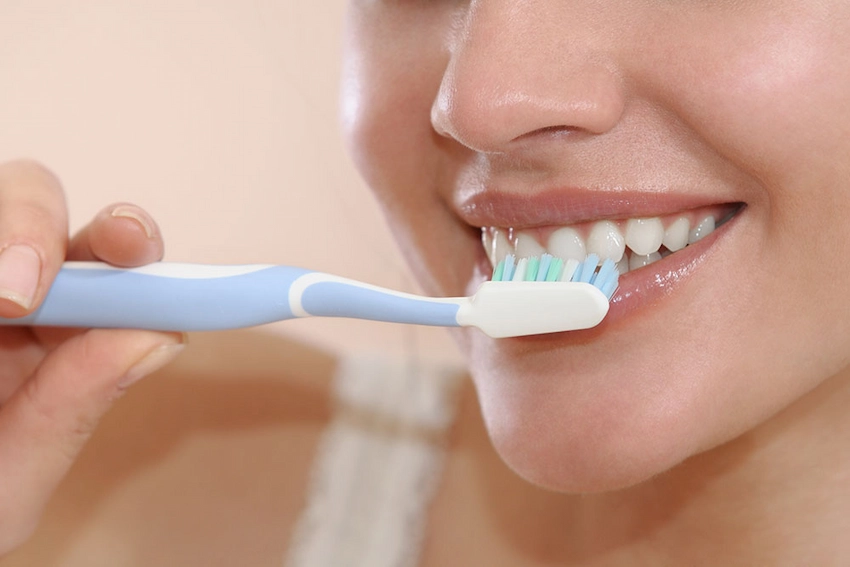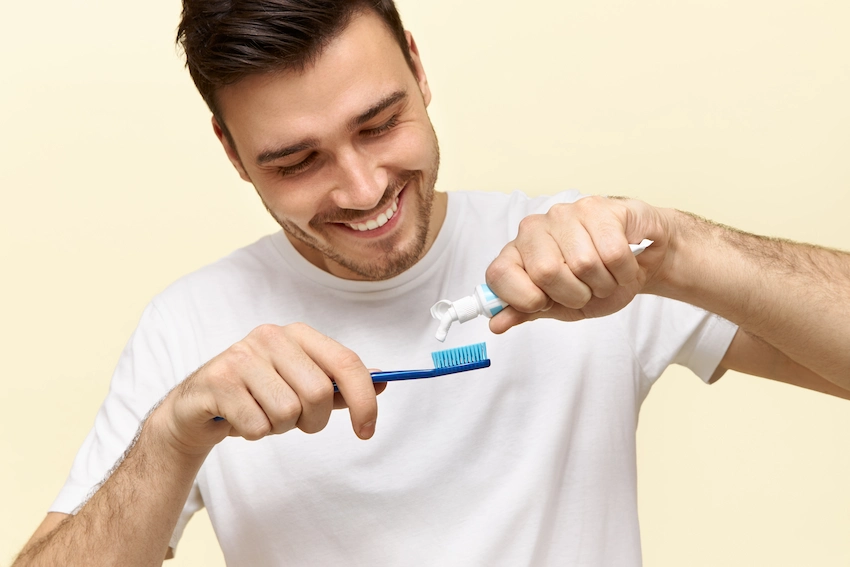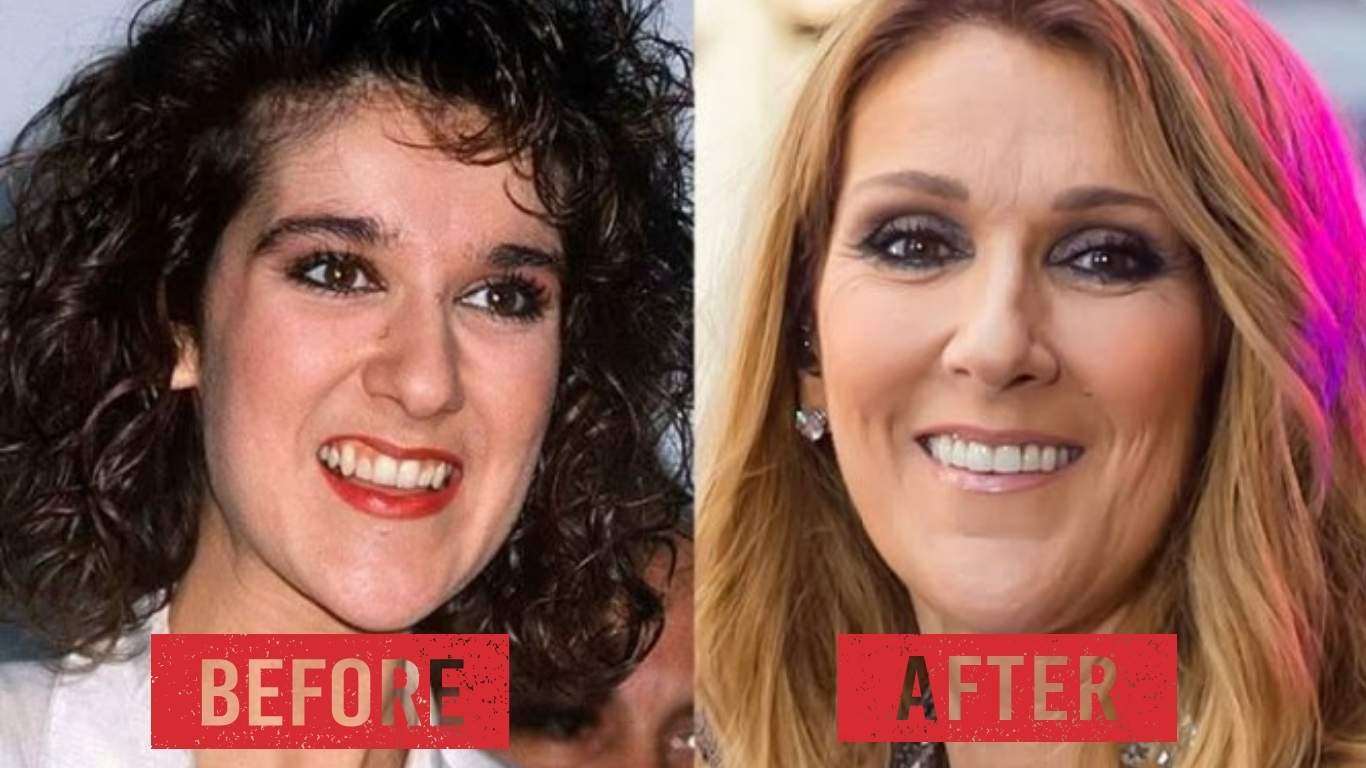What Kills Root Canal Bacteria?
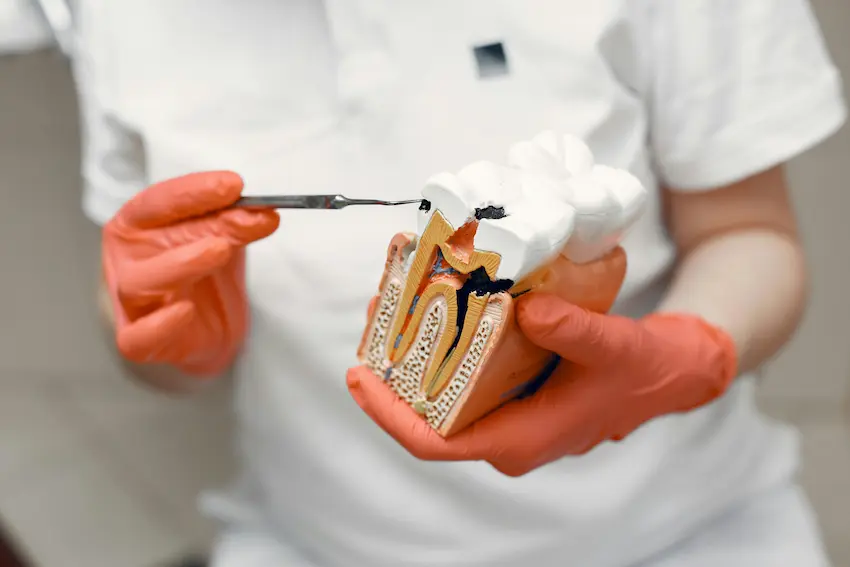
It’s twice a day that you’re doing the brushing. Just like a pro, you’re using the dental floss. But all of the sudden, you can’t find respite from a severe, thumping toothache while you are asleep. The fever? That’s the infection arrived deep into your tooth. And no, the mere saltwater rinse is not able to remove it.
The infection in the root! This is what your tooth is facing now.
Root canal bacteria are round, yet resilient and if left alone, they can generate swelling, pus, bad breath, and eventually lose your bones. But now there is the exciting part: amazing, different today’s tooth, and the excellent services, those bacteria have no chance at all.
Let’s take a closer look at what kills root canal bacteria in the actual sense, the reasons why natural teeth are not always worth keeping, and the way Lema Dental Clinic in Istanbul, Turkey, not only gets rid of the infection but also gives you a perfect smile that might be fit for a red carpet.
Why Do Root Canal Bacteria Matter?
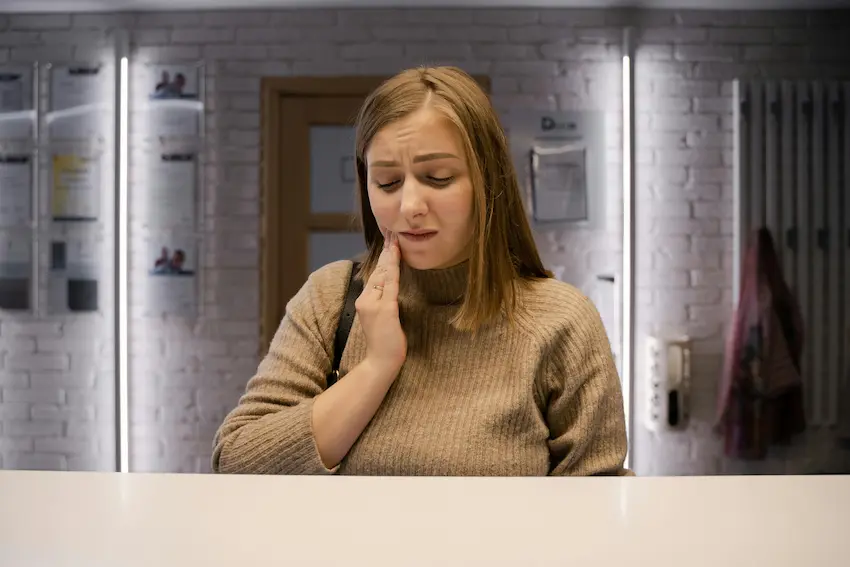
The pulp chamber, located inside each tooth, is a part of it that is living and filled with nerves, blood, and a soft mass of tissue. Bacteria work their way in there by the usual routes—deep decay, cracks, or trauma, and they take over the area.
This results in:
- swelling
- throbbing pain
- infected pulp leading to abscesses
- other tissues and bones of the jaw and gum being affected
One can only hope that a tooth can survive such a condition through thorough removal of bacteria and proper sealing.
What Actually Kills Root Canal Bacteria?
Here is some hard science to explain how dentists are effectively able to remove bacteria from the insides of your roots.
1. Mechanical Cleaning (Shaping the Canal)
Dentists use rotary or hand files to physically scrape and shape the inside of the root canal. During this process, infected pulp tissue is taken out, and bacterial colonies are broken down.
It’s the same as cleaning the walls of a tunnel.
2. Chemical Irrigation (The Bacteria Blaster)
These are the primary solutions needed. Dentists use strong chemicals:
- Sodium hypochlorite – a strong disinfectant that dissolves dead tissue
- EDTA – removes the smear layer and opens up dentin tubules
- Chlorhexidine – has long-lasting antibacterial effects
- Ozone water or lasers – used in advanced clinics for deeper sterilization
In Lema Dental Clinic, this stage goes hand in hand with the addition of ultrasonification—it is capable of spreading the liquid deep into each and every crack of the root. On the top of the cleaning that is performed, the entire area is disinfected.
Is Just Cleaning Enough?
From top to bottom. First of all, after all of them have been killed, the canal has to be filled and closed so as not to let other bacteria to come in.
The first materials are:
- Gutta-percha – a soft, rubbery substance that is friendly to humans
- Bioceramic sealers – the ones that are the latest and the most scientific, connecting firmly to dentin
- Warm vertical condensation – a current technique, just like the one that fills out even micro-spaces
Using a sealant to fill the canal is like locking the door of an office and then throwing away the key.
What are the consequences of the deposition of bacteria after the root canal has been done?
If only a few bacteria get left, an infection can reoccur and become more extreme than before.
You may have the following symptoms:
- Chronic pain or pressure
- A recurring pimple-like abscess on your gum
- Tooth discoloration
- The need for retreatment or even extraction
Infections, just as one example, are a trap that precision can help bypass. No wonder patients around the globe go to Lema Dental Clinic in Istanbul, Turkey just to get root canal treatment that is efficient and as painless as possible with the help of digital imaging, microscope, and the latest endodontic care.
When It’s Time to Give Up on Salvaging the Original Tooth
Be it old age, lack of care—some teeth are just not worth a try. The question is: what happens if a natural tooth is beyond the point of no return, is it worth it to do the root canal?
Under these conditions, one should rather:
- Extract the offending tooth
- Replace it with a dental implant
- Give it a new aesthetic and functional makeover
Lema Dental Clinic provides high-quality dental implants that are integrated through 3D scanning and an optical surgical template to change your smile along with pain-free treatment. Their implant experts and their digital smile designers create a seamless and natural-looking new tooth for you. You will never need to be afraid of smiling again, and certainly, your allergy friends will not pick your tooth as a snack anymore.
The Smile After the Root Canal
- Whitening of teeth if dark tones are seen on a tooth
- Porcelain crown for strength and shine
- Laminates or veneers to enhance the overall appearance
- A full Hollywood Smile package if you’re ready to upgrade everything
At Lema Dental Clinic the aim is to get the cleaning, filling, sealing of the teeth and the body ultimately ridded of caries and bacteria.
Final Thoughts: Clean Inside. Confident Outside.
Friendly reminder – you can always contact us for any of your health-related inquiries, we will be privileged to care of your health with a simple consultation or to examine and diagnose your teeth condition in our clinic.
They say that root canal bacteria won’t leave even if you try to bribe them. Well, they are wrong because dentistry presently is on the right side. The infection can definitely be removed when the right equipment and skills, and the right team hold hands together. At Lema Dental Clinic in Istanbul, they not only remove the bacteria—they also replenish beauty, harmony, and shine. Even if there is a slight chance to save your natural tooth, recall that it is the best decision they will make and they are so professional in it.
The decision, however, to extract the tooth, in case the natural tooth cannot be preserved, is also the best thing; moreover, they will obtain a replacement of a higher quality! Therefore, the slogan can be, “Because your smile deserves more than just survival—it deserves to shine.”
Dentists remove bacteria using mechanical tools, chemical irrigation, and sometimes lasers or medicated pastes. The goal is to sterilize the inside of the root and then seal it tight.
Yes—if done properly with the right tools and techniques. Clinics like Lema use ultrasonic and chemical disinfection to ensure total sterilization.
Sodium hypochlorite is the most common, but EDTA, chlorhexidine, and calcium hydroxide are also used. Advanced clinics may also use ozone therapy or laser activation.
Only if the canal wasn’t sealed properly or bacteria were missed. That’s why precision and follow-up are essential.
Persistent pain, swelling, bad taste, or a pimple on the gums could signal failure. In such cases, retreatment or an implant may be needed.
